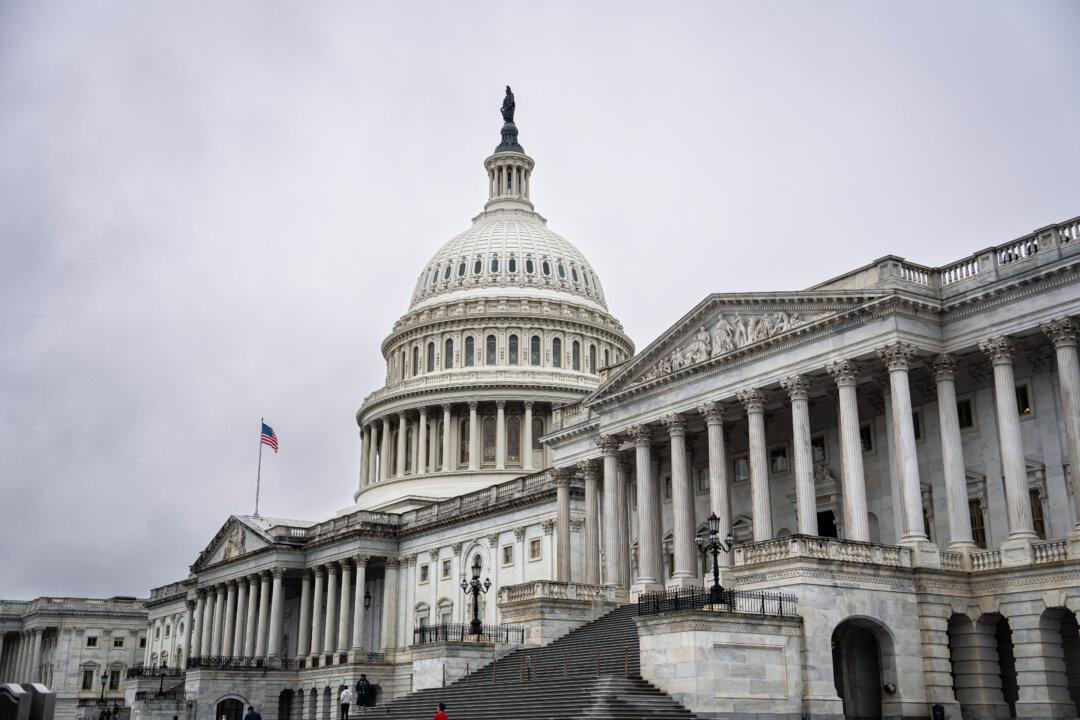On Feb. 28, the Supreme Court heard arguments on President Biden’s plan to extinguish an estimated $400 billion in student debt. Biden deserves credit for highlighting a debilitating federal program in desperate need of reform. His proposal, however, would make the problem far worse, not better. Any serious reform would force academic institutions to take some responsibility for the education they provide—and to show some responsibility to the many young Americans they induce to go deeply into debt.
The problems run deep. American higher education has become a hollow bubble of an industry coasting on brand equity and past glory.
Notwithstanding pockets of world-class excellence, the industry does little well. Universities are top-heavy and inefficient. Their complex products bundle education, research, and campus life for many students who need—and can afford—only the first of the three. On campus, classrooms teach neither critical thinking nor employable skills. The return on research dollars is pitiful. Antisemitism and segregation thrive at levels unseen elsewhere in American society. Internal procedures fail to provide due process or equal protection.
American academia is a sham suffering from disastrously flawed structures and incentive systems.
Costs have risen uncontrollably. Forty-three years ago, my freshman tuition at Columbia (including mandatory fees, excluding residential costs) ran between $20,000 and $25,000 in today’s dollars. Ivy League schools today charge about $70,000—nearly triple in real terms. The 1980 price tag associated with America’s most expensive colleges—affordable to many like me only with the help of student loans—will now hardly cover in-state tuition at a top public university such as Berkeley or Michigan.
The federal student loan programs have mushroomed to obscure the real costs. Free federal dollars flow through students who can’t fathom the burden of future repayment into university coffers. Colleges have taken advantage of this federal money to pad their payrolls with administrators—now employed in greater numbers than faculty nationwide—most charged with little more than regulatory compliance and a desire to promote ideological purity.
From there, things get worse. All decisions concerning faculty hiring, promotion, tenure, publication, grants, awards, and prestige are made by the faculty. The key to professional success thus lies entirely in impressing senior colleagues. The vaunted peer review process means that other faculty members agree that your work furthers the ideas upon which they have based their own careers. Not exactly a recipe for innovation.
Why challenge conventional wisdom when doing so can create only ostracism, criticism, and career setbacks? It’s far safer to add your voice to the “consensus of experts” that already defines your field.
As to the students themselves—and recent graduates—they have little recourse. Prestigious faculty highlighted in promotional materials fade into the background as underpaid adjuncts and graduate students teach most of the classes. Implications about the value of a degree, perhaps accurate when applied to students who excel in engineering but way off the mark for most students, are never binding. Universities have zero liability for mislabeling their offerings, for bait-and-switch tactics, or for providing an unsatisfactory education. The entire system insulates colleges and universities from consumer displeasure.
Today’s wealthiest universities are blissfully protected from external economic pressures, external assessments of quality, external customer complaints, and external liability for unacceptable performance. Many take matters even further, providing their own security and internal adjudication procedures—minimizing their exposure to the police and the courts that govern the rest of us.
With that intense structural insulation in place, the rest is unsurprising. An industry handed an unlimited budget, unassailable prestige, tax benefits, liability shields, and autonomous policing and courts behaves precisely as you would expect it to behave: It is committed to draining outside resources for the benefit of insiders. That the resulting institutions are “woke” and leftist is almost coincidental. The entire industry structure is designed to promote inefficiency, absurdity, self-adulation, and contempt for others. It is delivering on that design.
The current system saddles young adults with crushing debt, empowers the worst instincts of corrupt academic administrators, and tightens the control of government bureaucrats over education. America’s institutions of higher learning will never again produce informed citizens and talented leaders unless we address their deep structural flaws and corrupt incentive systems.
Student loan programs are overdue for reform. Debt relief for past loans, however, would make things worse rather than better. It would reward problematic behavior of the past and motivate worse behavior in the future.
Proper reform would make the institutions accountable for the debt they induce America’s youth to incur. Loan guarantees—even if conditional and partial—would force them to consider efficiency, economics, and program quality for the first time in decades.
Reforming the student loan system wouldn’t fix many of the problems plaguing American academia. It would, however, go a long way toward realigning institutional incentives with the needs of a healthy industry. Let the universities scream that forcing them to assume responsibility would mark the end of American education as we know it. It would mark the beginning of American education as we need it.




